Here are some events that happened on January 17th. It could be an event or a person that died or was born on that day
1706 Born: Benjamin Franklin, American publisher, inventor, and politician, 6th President of Pennsylvania (d. 1790)
Benjamin Franklin (January 17, 1706 - April 17, 1790) was a British American polymath and one of the Founding Fathers of the United States. Franklin was a leading writer, printer, political philosopher, politician, Freemason, postmaster, scientist, inventor, humorist, civic activist, statesman, and diplomat. As a scientist, he was a major figure in the American Enlightenment and the history of physics for his discoveries and theories regarding electricity. As an inventor, he is known for the lightning rod, bifocals, and the Franklin stove, among other inventions. He founded many civic organizations, including the Library Company, Philadelphia's first fire department, and the University of Pennsylvania.
Franklin earned the title of "The First American" for his early and indefatigable campaigning for colonial unity, initially as an author and spokesman in London for several colonies. As the first United States ambassador to France, he exemplified the emerging American nation. Franklin was foundational in defining the American ethos as a marriage of the practical values of thrift, hard work, education, community spirit, self-governing institutions, and opposition to authoritarianism both political and religious, with the scientific and tolerant values of the Enlightenment. In the words of historian Henry Steele Commager, "In a Franklin could be merged the virtues of Puritanism without its defects, the illumination of the Enlightenment without its heat." To Walter Isaacson, this makes Franklin "the most accomplished American of his age and the most influential in inventing the type of society America would become."
Franklin became a successful newspaper editor and printer in Philadelphia, the leading city in the colonies, publishing the Pennsylvania Gazette at the age of 23. He became wealthy publishing this and Poor Richard's Almanack, which he authored under the pseudonym "Richard Saunders". After 1767, he was associated with the Pennsylvania Chronicle, a newspaper that was known for its revolutionary sentiments and criticisms of the policies of the British Parliament and the Crown.
He pioneered and was the first president of Academy and College of Philadelphia which opened in 1751 and later became the University of Pennsylvania. He organized and was the first secretary of the American Philosophical Society and was elected president in 1769. Franklin became a national hero in America as an agent for several colonies when he spearheaded an effort in London to have the Parliament of Great Britain repeal the unpopular Stamp Act. An accomplished diplomat, he was widely admired among the French as American minister to Paris and was a major figure in the development of positive Franco–American relations. His efforts proved vital for the American Revolution in securing shipments of crucial munitions from France.
He was promoted to deputy postmaster-general for the British colonies on August 10, 1753, having been Philadelphia postmaster for many years, and this enabled him to set up the first national communications network. During the revolution, he became the first United States postmaster general. He was active in community affairs and colonial and state politics, as well as national and international affairs. From 1785 to 1788, he served as governor of Pennsylvania. He initially owned and dealt in slaves but, by the late 1750s, he began arguing against slavery, became an abolitionist, and promoted education and the integration of blacks in American Society.
His life and legacy of scientific and political achievement, and his status as one of America's most influential Founding Fathers, have seen Franklin honored more than two centuries after his death on the fifty-cent piece, the $100 bill, warships, and the names of many towns, counties, educational institutions, and corporations, as well as numerous cultural references.
US stamps depicting Benjamin Franklin
1893 Died: Rutherford B. Hayes, American general, lawyer, and politician, 19th President of the United States (b. 1822)
Rutherford Birchard Hayes (October 4, 1822 – January 17, 1893) was the 19th president of the United States from 1877 to 1881, after serving in the U.S. House of Representatives and as governor of Ohio. A lawyer and staunch abolitionist, he had defended refugee slaves in court proceedings during the antebellum years.
The Republican Party nominated Hayes for president in 1876, and he won through the Compromise of 1877 that officially ended Reconstruction by leaving the South to govern itself. In office he withdrew military troops from the South, ending Army support for Republican state governments in the South and for the efforts of African-American freedmen to establish their families as free citizens. Hayes promoted civil-service reform and attempted to reconcile the divisions left over from the Civil War of 1861–65 and the Reconstruction Era of 1865–77.
An attorney in Ohio, Hayes served as city solicitor of Cincinnati from 1858 to 1861. At the start of the Civil War, he left a fledgling political career to join the Union Army as an officer. Hayes was wounded five times, most seriously at the Battle of South Mountain in 1862. He earned a reputation for bravery in combat and was promoted to the rank of brevet major general. After the war, he served in Congress from 1865 to 1867 as a Republican. Hayes left Congress to run for governor of Ohio and was elected to two consecutive terms, from 1868 to 1872. He served a third two-year term from 1876 to 1877.
In 1876, the Electoral College made Hayes president in one of the most contentious elections in U.S. history. He lost the popular vote to Democrat Samuel J. Tilden, but won an intensely disputed electoral-college vote after a Congressional commission awarded him 20 contested electoral votes in the Compromise of 1877, whereby the Democrats acquiesced to Hayes's election on the condition that he withdraw remaining U.S. troops protecting Republican officeholders in the South, thus officially ending the Reconstruction era.
Hayes believed in meritocratic government and in equal treatment without regard to wealth, social standing or race. He ordered federal troops to guard federal buildings and in doing so restored order during the Great Railroad Strike of 1877. Hayes implemented modest civil-service reforms that laid the groundwork for further reform in the 1880s and 1890s. He vetoed the Bland–Allison Act of 1878, which put silver money into circulation and raised nominal prices, insisting that maintenance of the gold standard was essential to economic recovery. Hayes's policy toward western Indians anticipated the assimilationist program of the Dawes Act of 1887.
Hayes kept his pledge not to run for reelection, retired to his home in Ohio, and became an advocate of social and educational reform. Biographer Ari Hoogenboom has written that Hayes's greatest achievement was to restore popular faith in the presidency and to reverse the deterioration of executive power that had set in after Abraham Lincoln's assassination in 1865. Supporters have praised his commitment to civil-service reform and the defense of civil rights, but historians and scholars generally rank Hayes as an average to slightly below-average president.
US stamps depicting Rutherford B. Hayes
1929 – Popeye the Sailor Man, a cartoon character created by E. C. Segar, first appears in the Thimble Theatre comic strip.
Popeye the Sailor is a fictional muscular American cartoon character created by Elzie Crisler Segar. The character first appeared in the daily King Features comic strip Thimble Theatre on January 17, 1929, and Popeye became the strip's title in later years. The character has also appeared in theatrical and television animated cartoons.
Segar's Thimble Theatre strip was in its 10th year when Popeye made his debut, but the one-eyed sailor quickly became the main focus of the strip, and Thimble Theatre became one of King Features' most popular properties during the 1930s. After Segar died in 1938, Thimble Theatre was continued by several writers and artists, most notably Segar's assistant Bud Sagendorf. The strip continues to appear in first-run installments in its Sunday edition, written and drawn by Hy Eisman. The daily strips are reprints of old Sagendorf stories.
In 1933, Max Fleischer adapted the Thimble Theatre characters into a series of Popeye the Sailor theatrical cartoon shorts for Paramount Pictures. These cartoons proved to be among the most popular of the 1930s, and Fleischer — and later Paramount's own Famous Studios — continued production through 1957. These cartoon shorts are now owned by Turner Entertainment and distributed by its sister company Warner Bros.
Over the years, Popeye has also appeared in comic books, television cartoons, video games, hundreds of advertisements, peripheral products ranging from spinach to candy cigarettes, and the 1980 live-action film directed by Robert Altman and starring Robin Williams as Popeye.
Charles M. Schulz said, "I think Popeye was a perfect comic strip, consistent in drawing and humor". In 2002, TV Guide ranked Popeye number 20 on its "50 Greatest Cartoon Characters of All Time" list.
US Stamp depicting Popeye
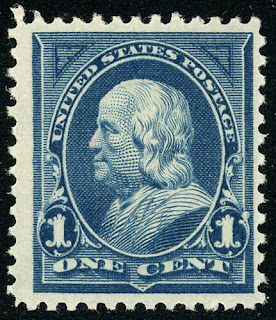
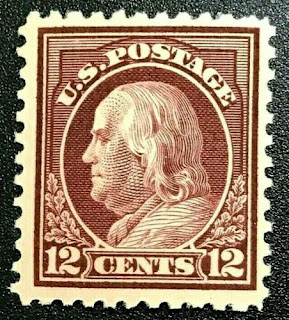

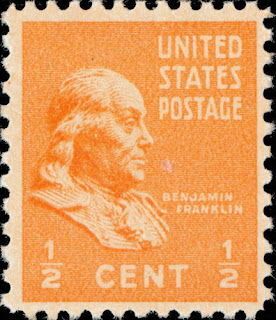
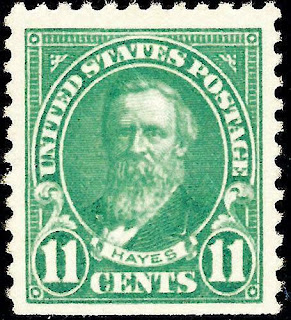
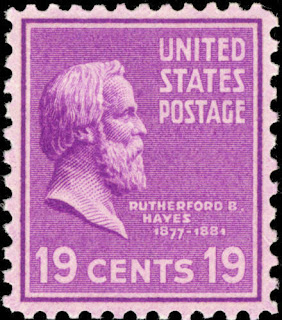

No comments:
Post a Comment